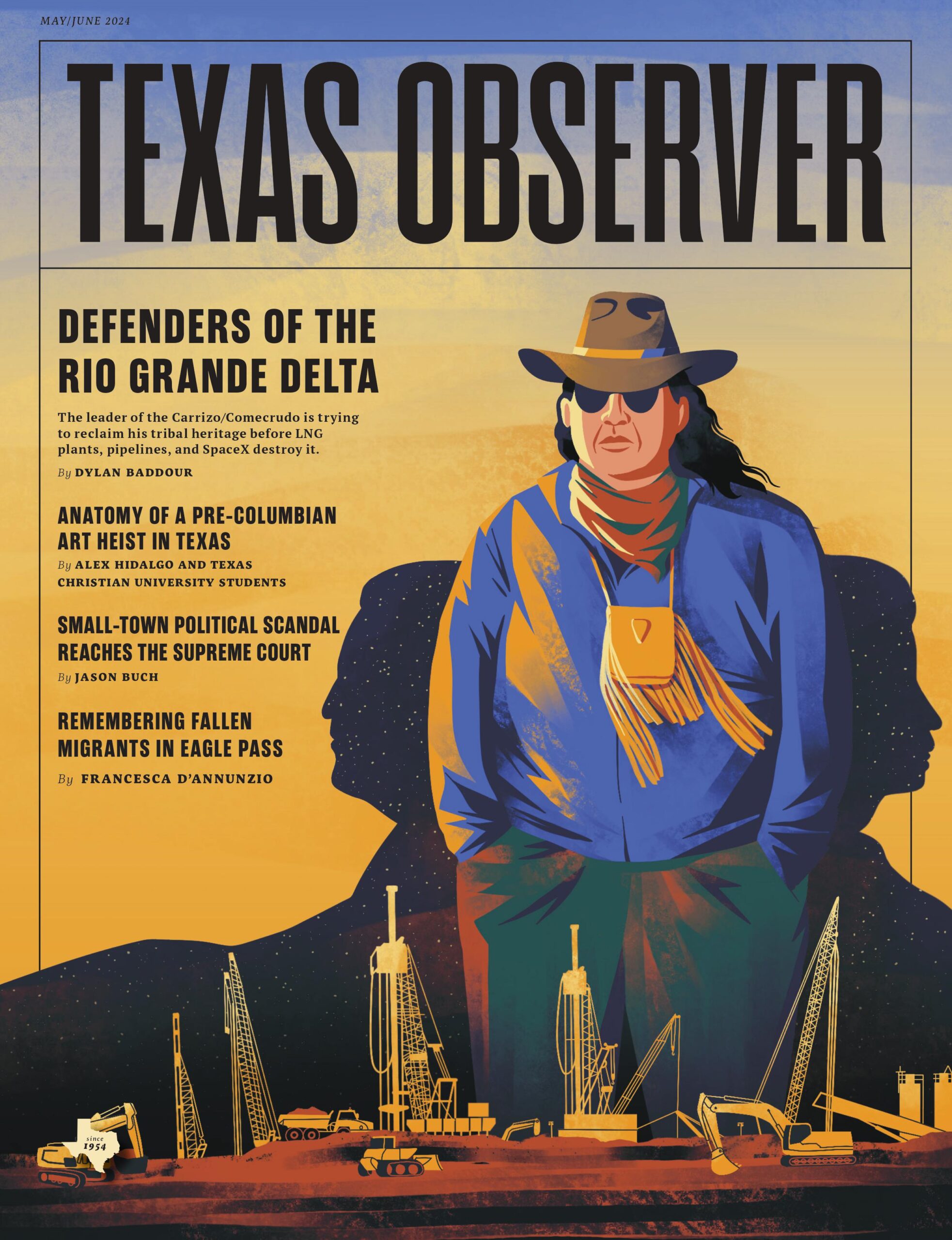ustxtxb_obs_2009_07_10_50_00012-00000_000.pdf
Page 15
.11111.-c briel Cia eralci lila -tin E V :E Made in Macondo BY LILIANA VALENZUELA p erhaps no novel is more closely associated with Latin America in the 20th century than One Hundred Years of Solitude by Gabriel Garcia Marquez. Writer and book have become almost synonymous. The author once hailed as “the New Cervantes” and his best-selling work put Latin America on the world-literature map and turned the fictitious backwater town of Macondo into a household word. The book has remained a consistently brisk seller for decades, as have some of the writer’s other best-known books, including Love in the Time of Cholera, The Autumn of the Patriarch and The General and His Labyrinth, to name a few. The foremost representative of the Latin American literature “boom” of the late ‘6os and ‘7os \(along with Carlos Fuentes, Mario Vargas Llosa, Julio Cortazar and Jose Prize winner in literature, Garcia Marquez would joke that any self-respecting writer had to have an English biographer. What a pleasure it is, then, to finally delve into this first authorized English biography and watch the great man come to life in the expert and sympathetic hands of Gerald Martin. In much of the world, “Gabo” has come to be known by only this one name. He was a major 2ot h -century celebrity, not just as a man of letters, but as an influential political figure and friend to presidents and dissidents. His association with Cuba’s Fidel Castro is well known. Garcia Marquez sided early on with the Cuban revolution, and despite some initial differences of opinion with certain hard-line members of Castro’s circle, he would remain a steadfast supporter of the revolution, and a lifelong friend to its leader. Garcia Marquez was highly critical of the United States’ embargo against Cuba, as well as the U.S. invasions of Panama, Grenada and Iraq years later. In his youth, however, he professed admiration for such American writers as William Faulkner and Ernest Hemingway. He was also influenced by James Joyce and Virginia Woolf across the Atlantic. He read all these authors in Spanish translation. Franz Kafka was a crucial early influence as well, planting the seed for Garcia Marquez’s “magical realism,” a style also foreshadowed by Latin American writers Miguel Angel Asturias, Alejo Carpentier and Juan Rulfo. Not all his novels are written in that style, despite the fact that the name Garcia Marquez and “magical realism” have become forever entwined in the public imagination. His work transcends the genre, as evidenced by several of his later books, most notably News of a Kidnapping, a realistic and harrowing account of a highprofile kidnapping in the author’s native Colombia at the height of that country’s drug cartel wars. Garcia Marquez has also penned numerous short stories and film scripts, and countless newspaper articles and columns. Rivers of ink have been spilled chronicling his large life. Yet his story has a humble beginning in rural Colombia, where Garcia Marquez grew up the eldest of ii children in an oftenstruggling family. He and his sister, Margot, were left in the care of their mater nal grandparents for the first seven years of his life, a circumstance that would mark him. He considered his grandfatherNicolas R. Marquez, aka “the Colonel”to be his real father, and was doted on as only a first male grandchild can be. His grandparents’ home, the Gabriel Garcia Marquez: A Life By Gerald Martin Alfred A. Knopf 672 pages, $3750 12 THE TEXAS OBSERVER JULY 10, 2009


